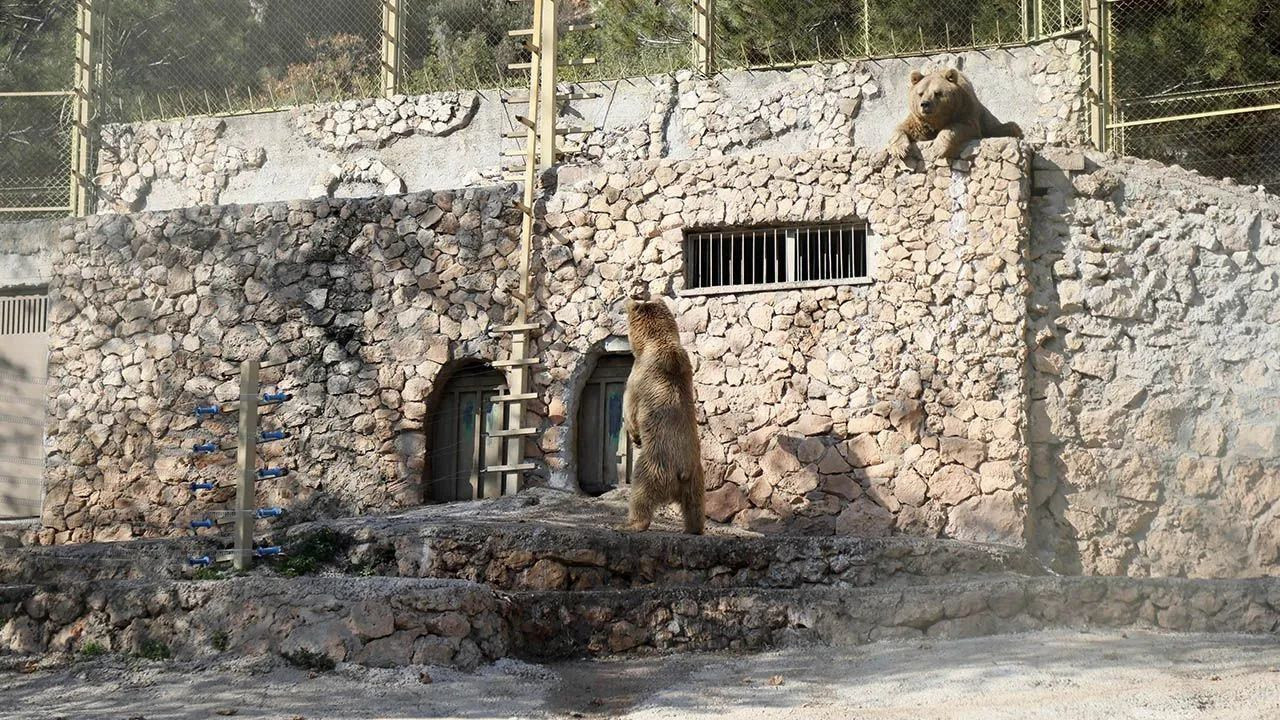Sinkholes threaten large parts of Anatolia amid climate change, expert warns
In the face of climate change resulting in drought, more regions in Turkey are at an increasing risk of sinkholes, according to Professor Fetullah Arık of Konya Technical University.
Duvar English
Sixteen provinces in Turkey, stretching from Manisa to Siirt, are in danger of sinkholes, according to Professor Fetullah Arık from Konya Technical University.
“The number of sinkholes has gradually increased in recent years,” Arık, who heads the university’s Sinkhole Research Center, told the Demiören News Agency on April 8. “The primary cause is climate change and drought.”
Sinkholes form when groundwater depletion causes the ground to cave in, resulting in depressions or holes. Amid decreased precipitation due to climate change, many farmers resort to water from underground reservoirs to irrigate their fields, weakening the soil and increasing the risk of collapse.
The ground in the Konya basin, an agricultural hotbed in central Anatolia, has been particularly prone to caving in, according to Arık. ‘’Sinkholes have become a chronic problem in the region,’’ he said, stating that over 2,200 sinkholes have been reported.
Within the region, the Karapınar district is predominantly affected, with recent sinkholes reaching depths of over 40 meters and widths of 50 meters.
While sinkholes rarely cause casualties, they create unrest and potential damage in affected areas. To address this, the Disaster and Emergency Management Authority (AFAD) and Konya Technical University collaborated to develop a comprehensive sinkhole risk map for Konya.
“Similar to Turkey’s seismic zone map, we have identified areas highly susceptible to sinkholes, as well as those less or not susceptible,” Arık said, adding to extend this mapping to cover all of Turkey while also aiming to inform future zoning and agricultural planning on sinkhole risks.
(English version by Wouter Massink)

 Climate change disrupts mating behavior of Kangal dogsEnvironment
Climate change disrupts mating behavior of Kangal dogsEnvironment Over 30 pct of Turkey’s provinces face high climate risk, expert report revealsEnvironment
Over 30 pct of Turkey’s provinces face high climate risk, expert report revealsEnvironment Captive animals in Turkey’s zoo cannot hibernate due to extreme heatEnvironment
Captive animals in Turkey’s zoo cannot hibernate due to extreme heatEnvironment